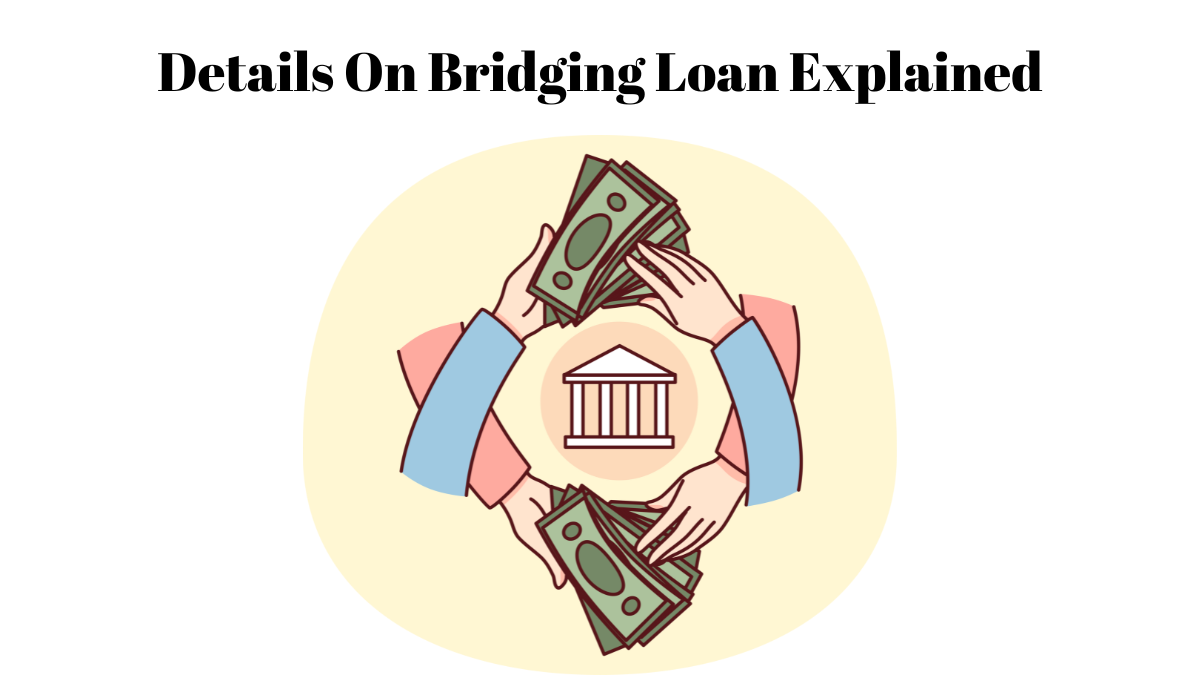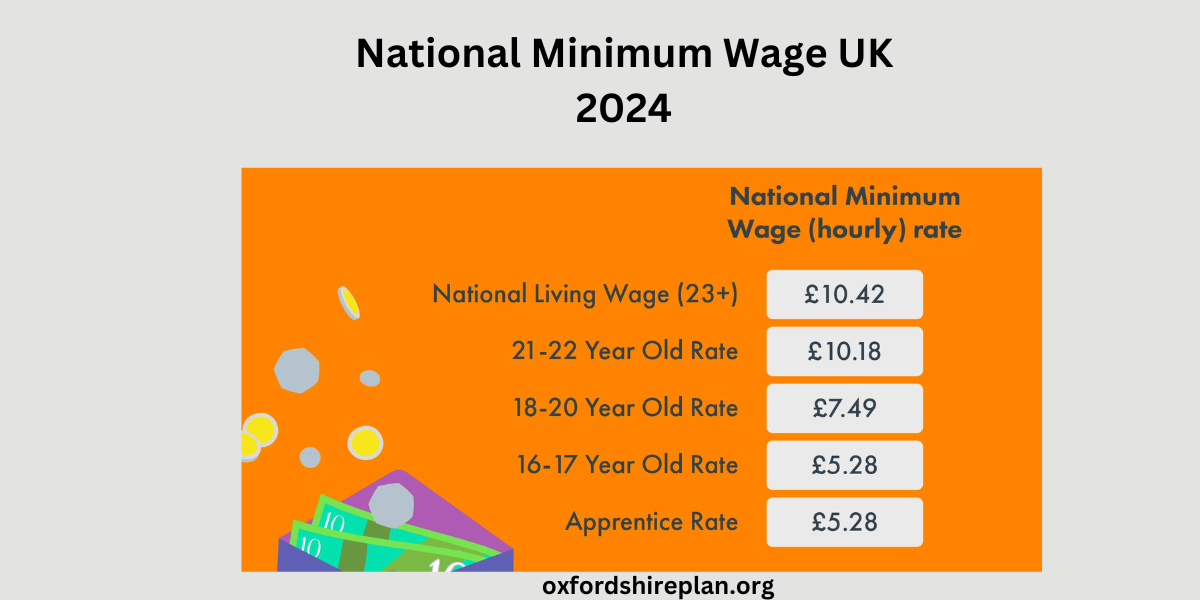Bridging loan offer a temporary financial solution in various situations, like when you need to purchase a new home because the sale of your current one fell through, when you wish to buy a smaller home before selling your larger one, or if you have won a property at auction and need to pay quickly but do not have the money available yet.
This explanation covers what bridging loans are, their uses, advantages and disadvantages, associated expenses, and the application process.
Contents
What is a bridging loan?
Bridging loans offer a temporary borrowing option to cover the interval between purchasing one asset and selling another. They provide a swift financial solution when time is crucial, unlike traditional long-term loans like mortgages.
These loans are secured, which means you must pledge something valuable, typically real estate, as collateral. Due to the potential risk of forfeiture of the collateral, bridging loans are often considered a final option for financing.
What can I use a bridging loan for?
Here are some situations where you might think about getting a bridging loan:
- If the sale of a house you are linked to falls through, and you do not want to miss out on your ideal home.
- When you have bought a house at an auction and need to get the money together fast.
- If you are moving to a smaller home, a bridging loan gives you more time to sell your current house, possibly at a better price, and eases the pressure of buying and selling simultaneously.
- For a house that cannot get a regular mortgage right now, you plan to fix it up to live in or rent out, so you can get a mortgage later.
- It can help pay for land and construction costs while you are getting a mortgage sorted out.
How do bridging loans work?
Bridging loans are a type of short-term financing that can help you manage the purchase of a new property before you have sold your current one. Here’s how they generally work:
- hey are secured against your property, which means if you can’t pay back the loan, the lender could take your property.
- They’re meant for short periods, like a few months up to a year, giving you time to sell your old property or secure long-term financing.
- They provide quick access to money, which can be crucial when you need to act fast in the property market.
- The interest rates for bridging loans are usually higher than for long-term loans because they’re seen as riskier by lenders.
- The amount you can borrow typically depends on the value of the property you’re using as security.
Pros and cons of bridging loans
Here’s a concise summary of the pros and cons of bridging loans based on the current page:
- Quick Funding: Bridging loans can be arranged quickly to bridge the gap when buying property before selling another.
- Loan Security: They are secured loans, usually against property, posing a risk of asset loss if the loan defaults.
- Interest Rates: Interest tends to be higher as it’s short-term borrowing, charged daily rather than annually.
- Repayment Flexibility: Offers both open (no fixed repayment date) and closed (fixed repayment date) options.
Types of bridging loan
Bridging loans come in various forms, each with its own set of rules:
First and Second Charge Loans:
If you fully own your property, you can get a first charge loan, which means the lender gets paid first when you sell the property.
If there’s already a mortgage or loan on your property, any new bridging loan will be a second charge loan. You’ll need the first lender’s okay to do this, and it might cost more than a first charge loan.
Interest Rate Choices:
Fixed Rate: You pay the same interest rate for the whole time you have the loan.
Variable Rate: Your interest rate can change if the official rates set by the Bank of England go up or down.
Open vs Closed Loans:
Open Loans: There’s no set date to pay back the loan, but lenders usually want it paid within a year. Sometimes, they might let you have more time.
Closed Loans: These have a set date by which you need to repay, and they’re often less expensive than open loans.
Higher Rates for Quick Funds
Bridging loans usually have higher interest rates because they offer a large sum of money quickly and are meant for short-term use. Unlike long-term loans, the interest for bridging loans is calculated on a daily basis.
Interest Payment Methods:
- You pay the interest every month, similar to paying monthly on an interest-only home loan.
- nterest adds up over the loan period and is paid off when you settle the entire bridging loan.
- You pay the interest in advance for a set time. When you repay the loan, any interest not used is given back to you.
- To find the most favorable interest rate for a bridging loan, it is wise to compare different options. A skilled bridging loan broker can assist you in this process and potentially help you negotiate a lower rate.
- Using a broker can be beneficial as they can negotiate bridging loan rates, which is not usually possible with standard mortgages. This could result in a more favorable interest rate for you.
FAQs
What is a Bridging Loan?
A bridging loan is a quick, short-term loan used to buy property before selling your current one.
Why Use Bridging Loans?
They help when you want to buy a new house but have not sold your old one yet or if you need fast money for an auction purchase.
How Much Can I Borrow?
You can borrow between £50,000 and £10 million, based on your property’s value and your available equity.
What is the Risk?
Bridging loans are secured against your property, so there is a risk you could lose it if you cannot pay back the loan.
Read More
- No Refusal Payday Loans UK Direct Lenders
- Quick Loan Little Loans Review
- Lending Stream: A Guide
- Learn More About £500 Loan
- Loans for People on Benefits
- What is a Good Credit Score UK?
- Looking For Same Day Loans?

I am a dedicated lifestyle and fashion enthusiast, always looking for the latest trends and timeless styles. With a flair for creativity and a passion for self-expression, I provide fresh insights and tips on elevating everyday living and personal style.
















